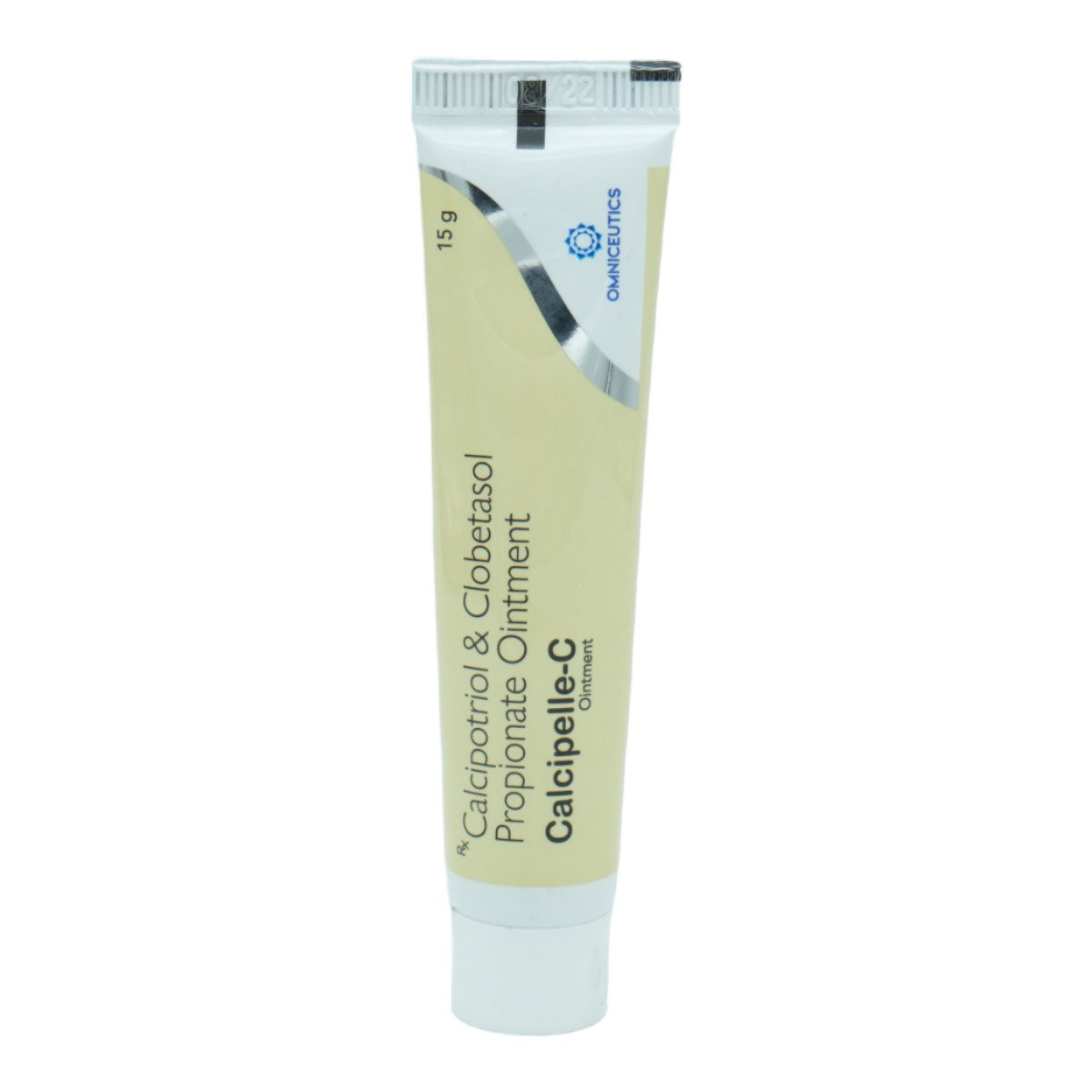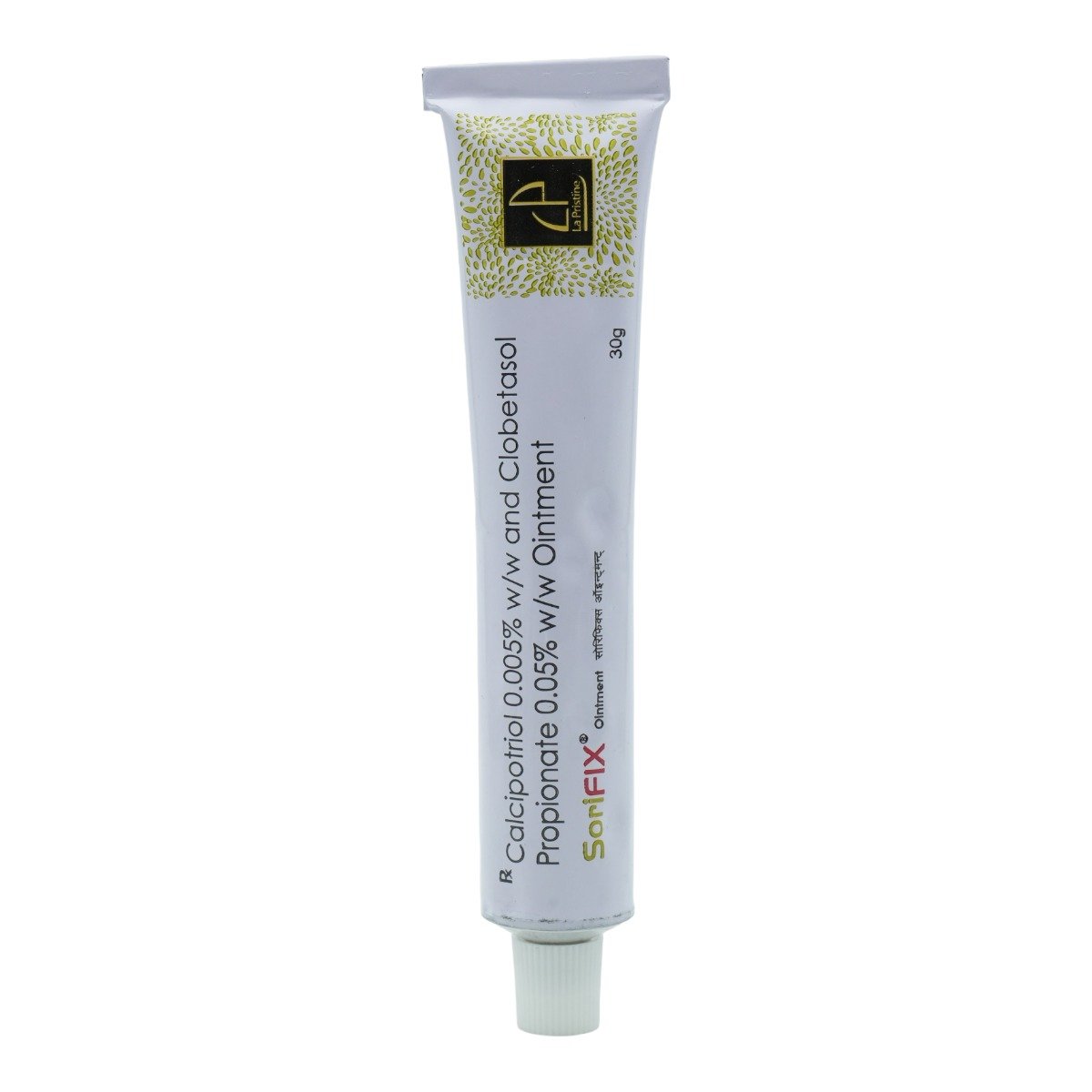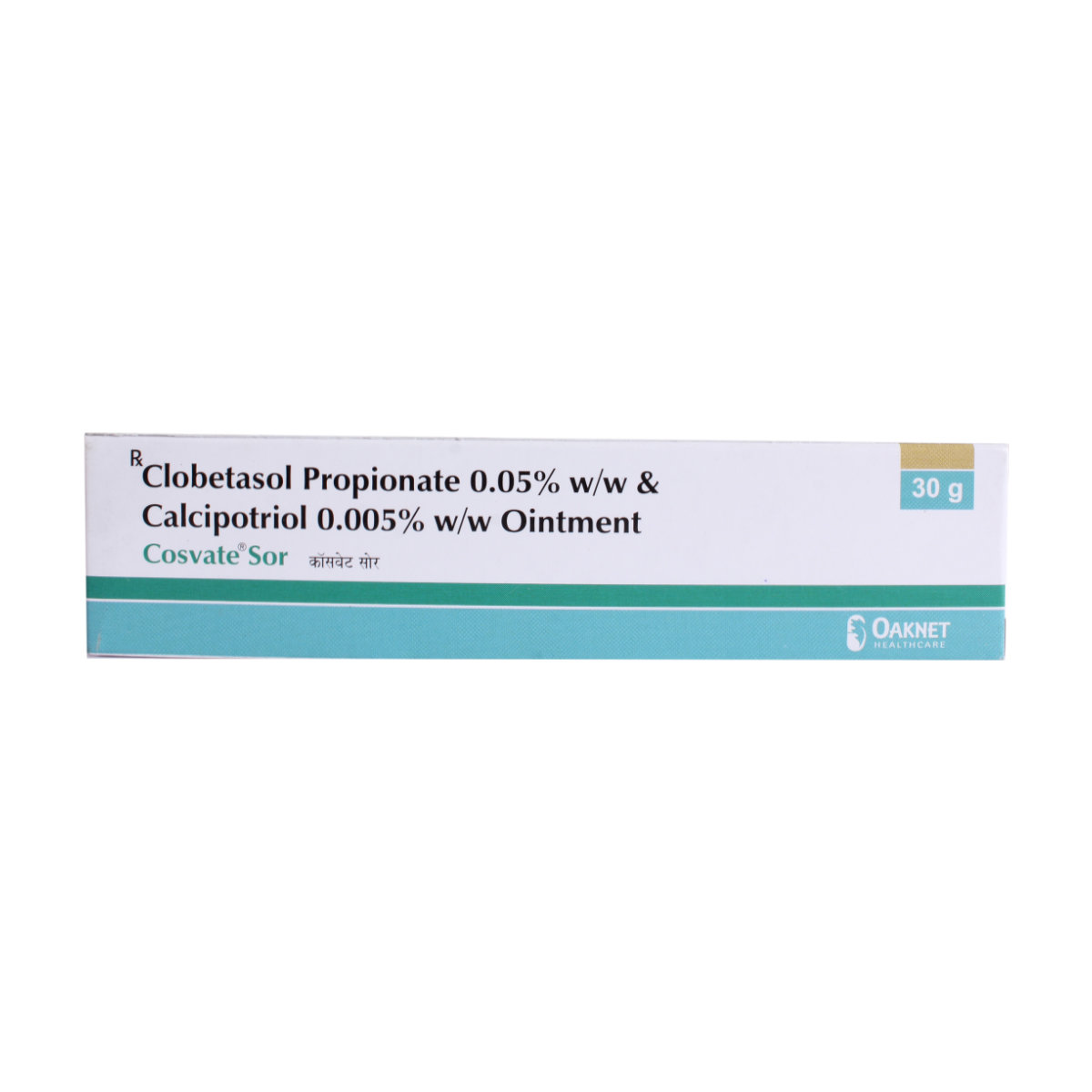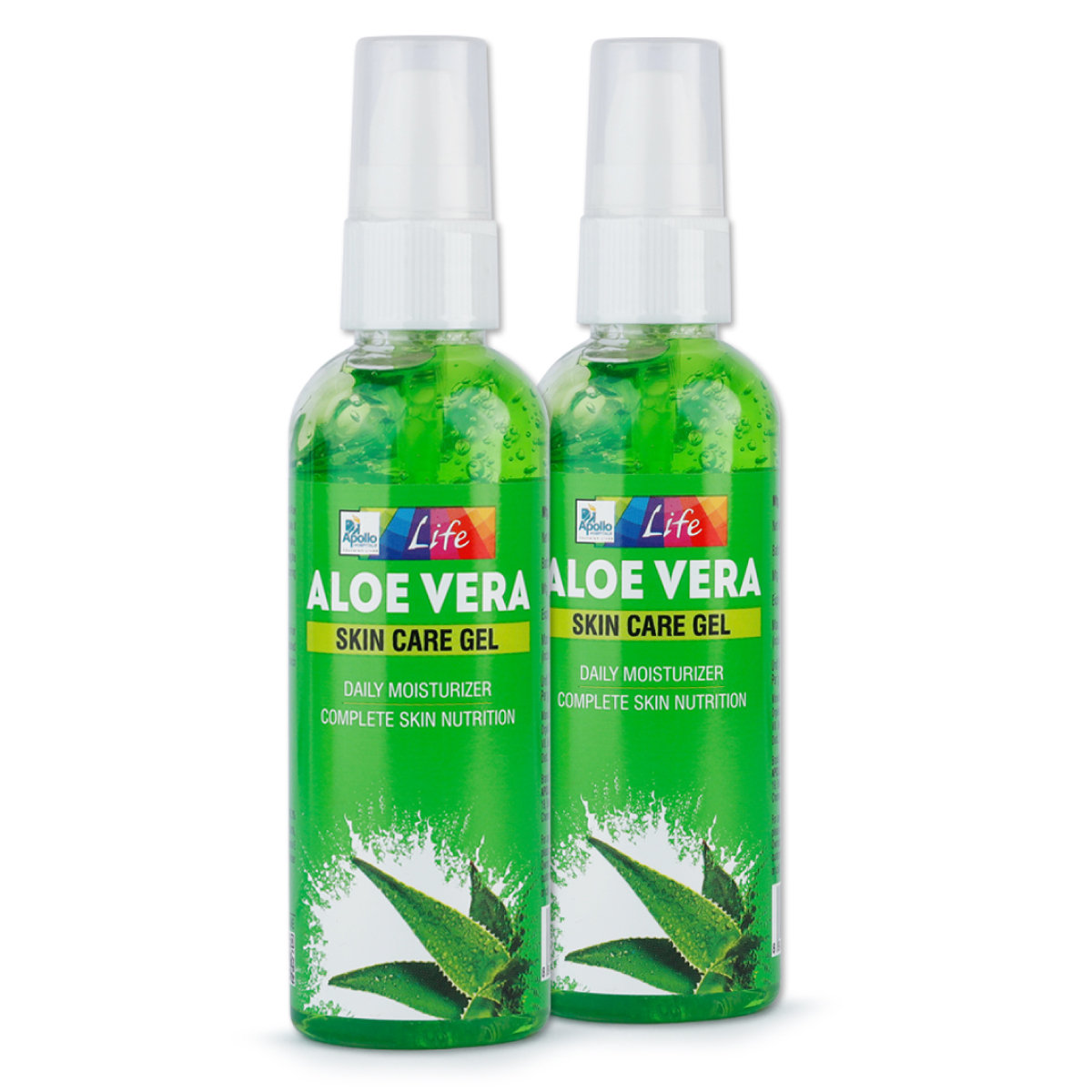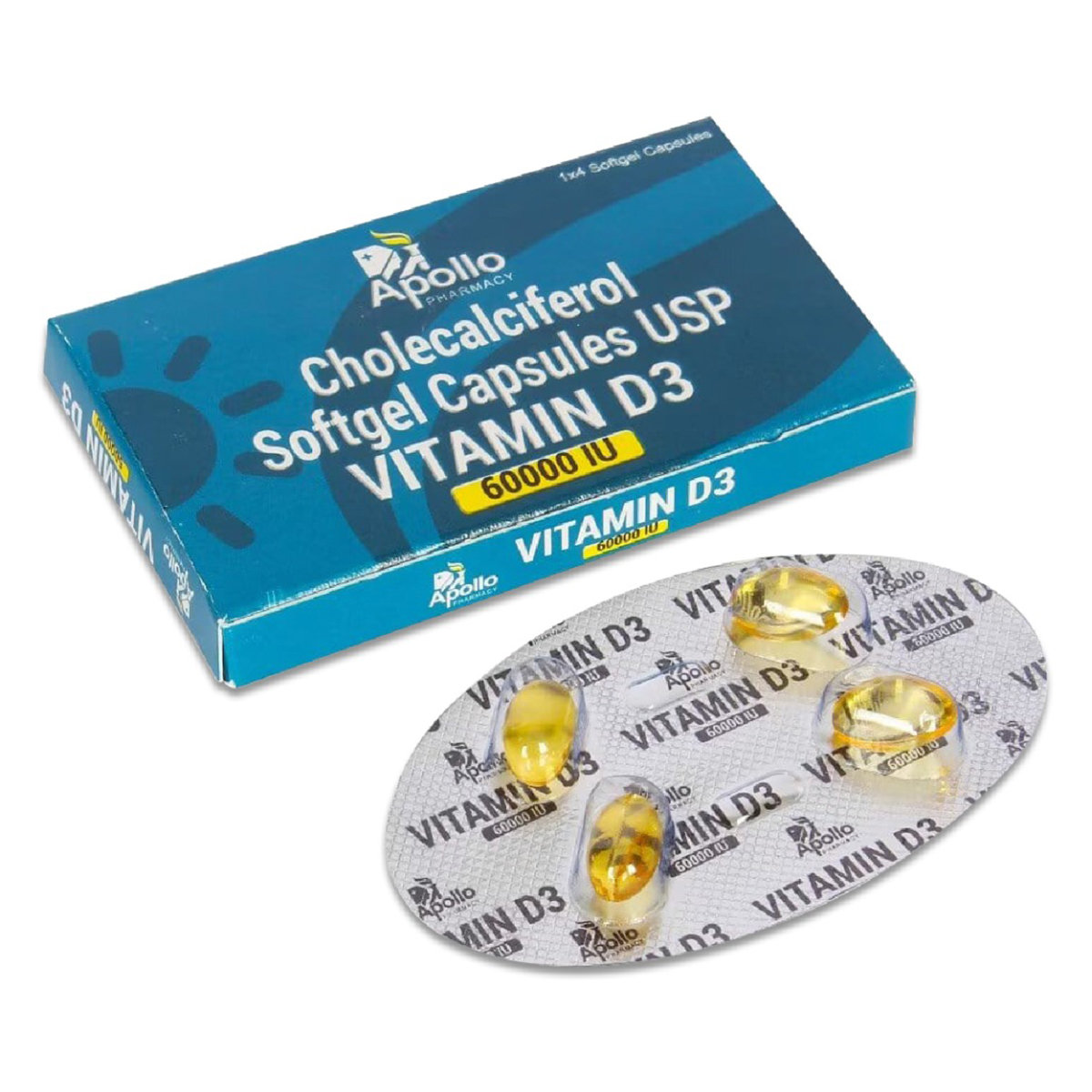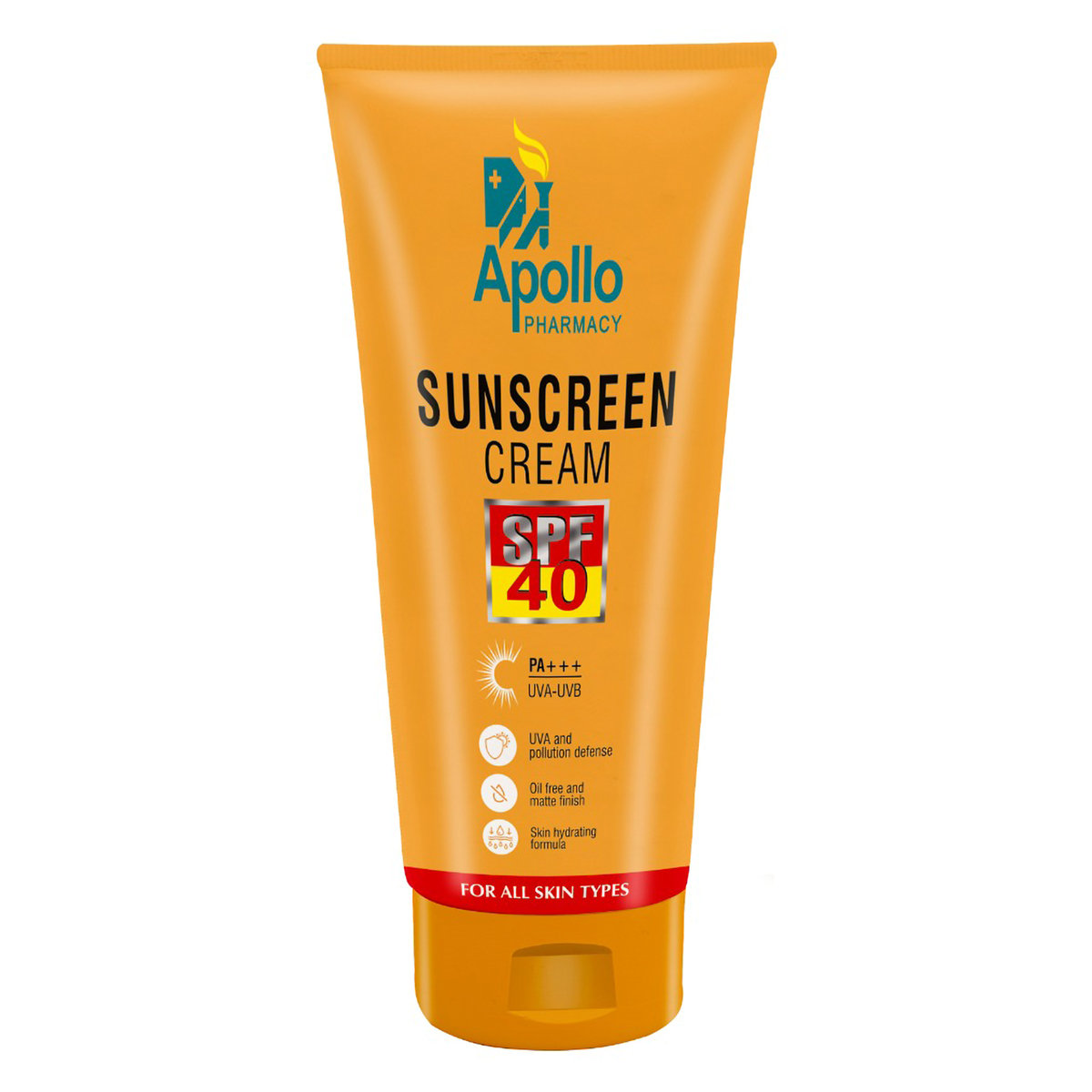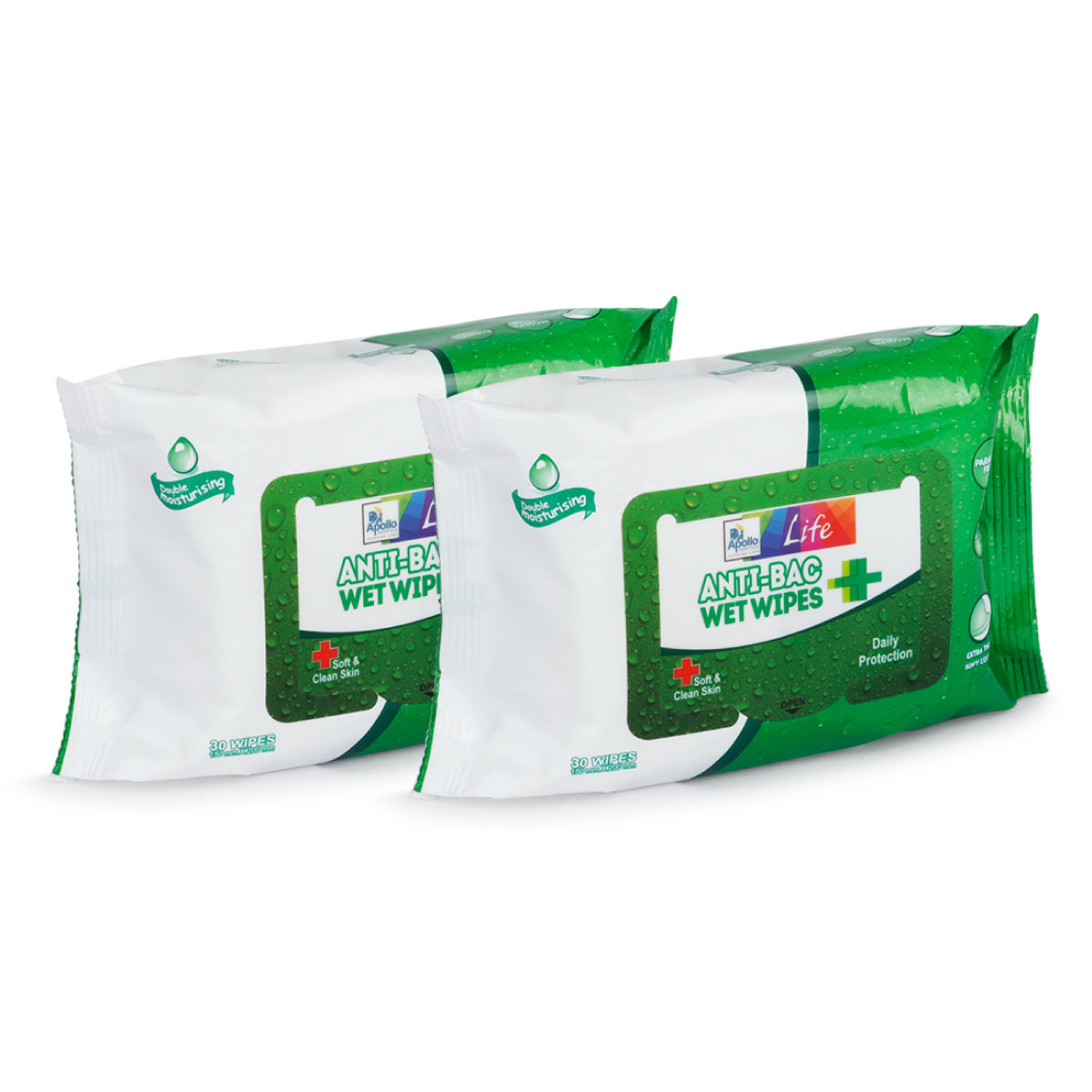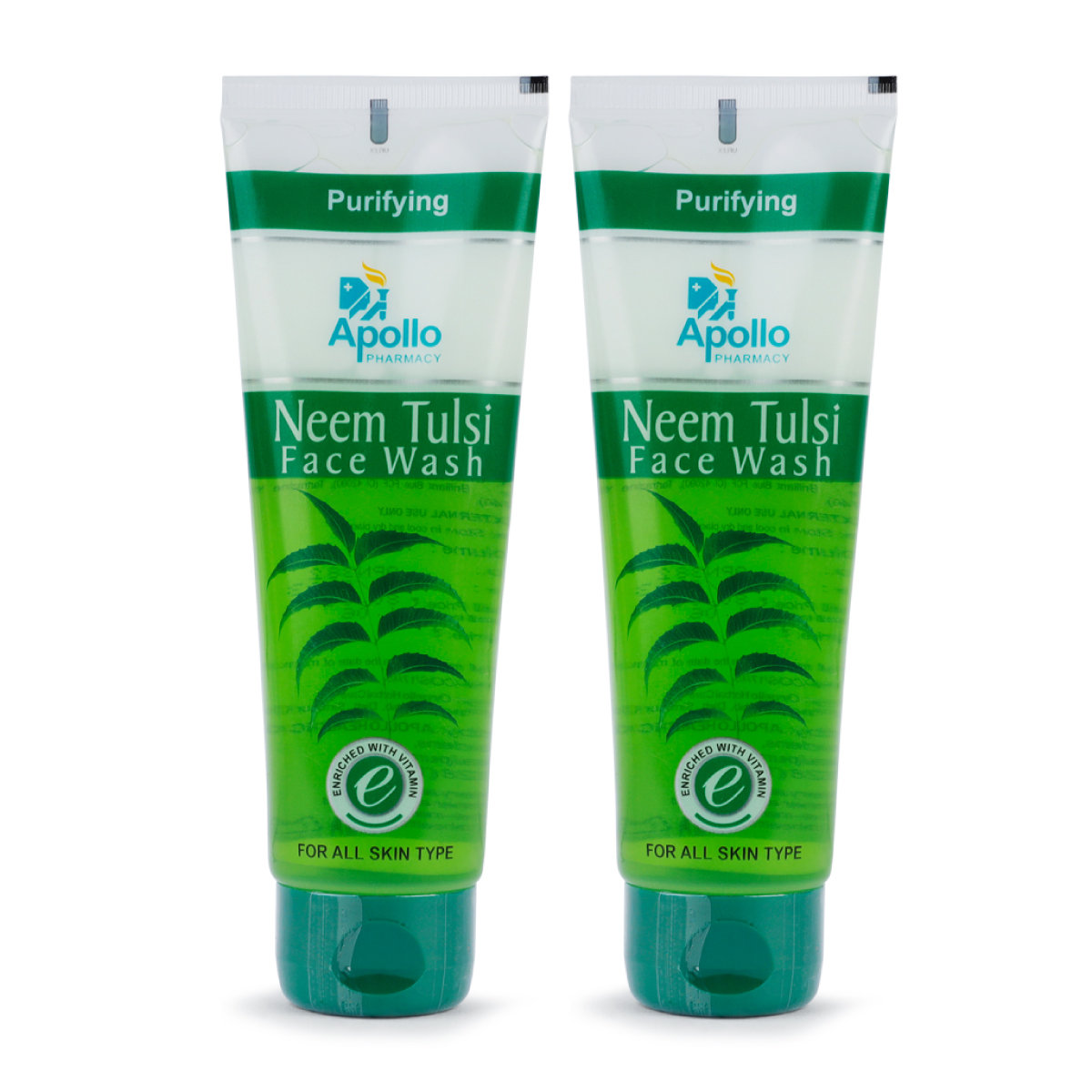Calcipelle-C Ointment
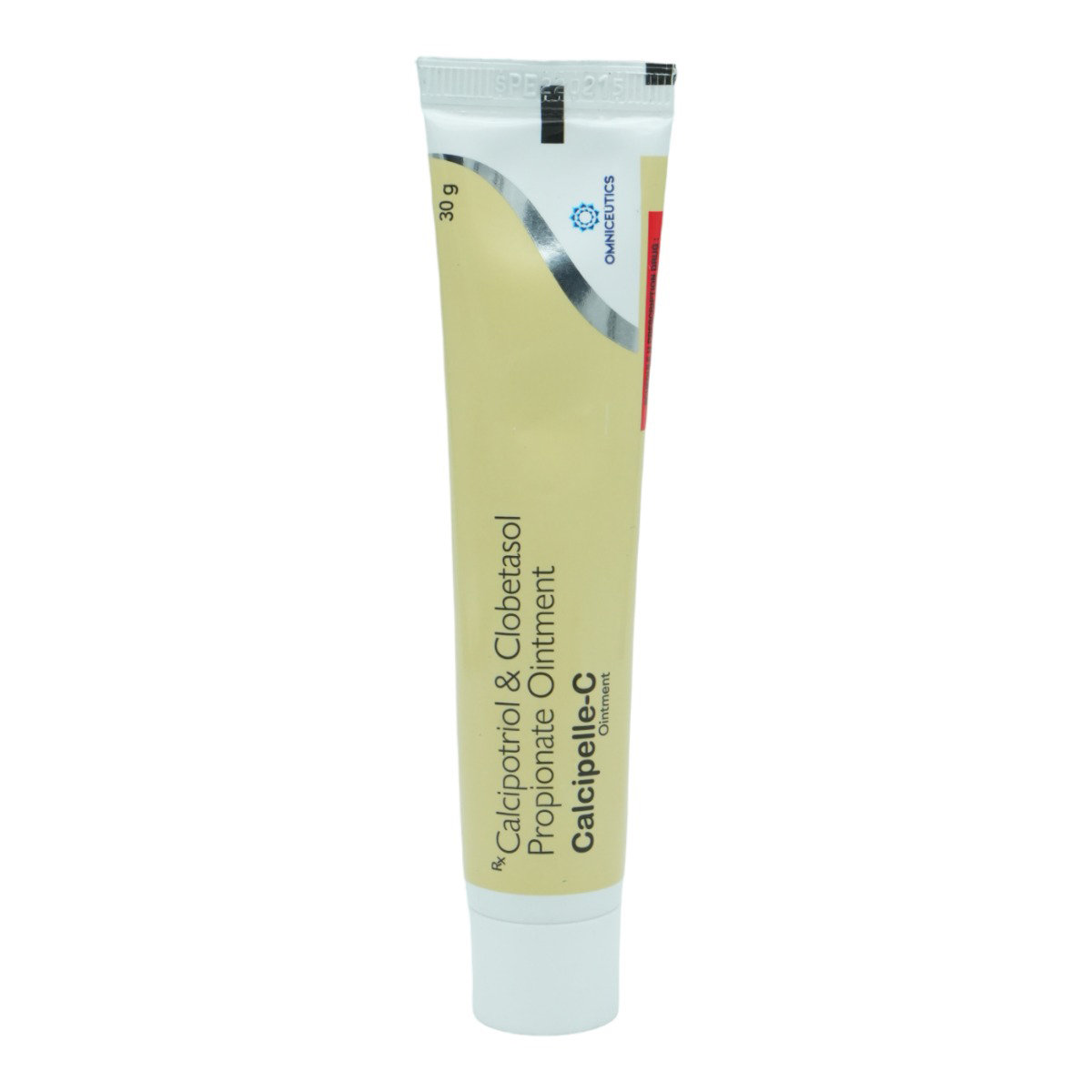

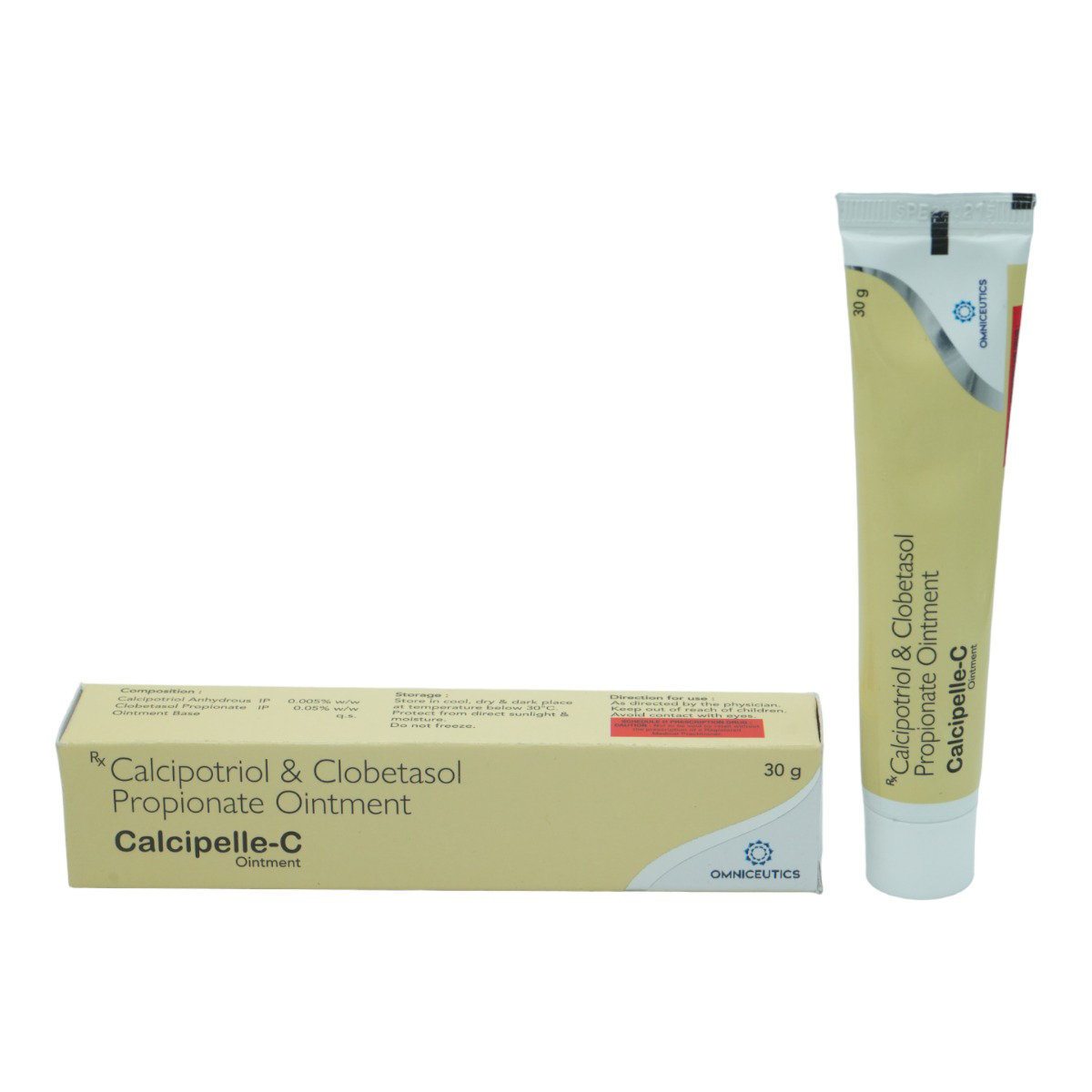

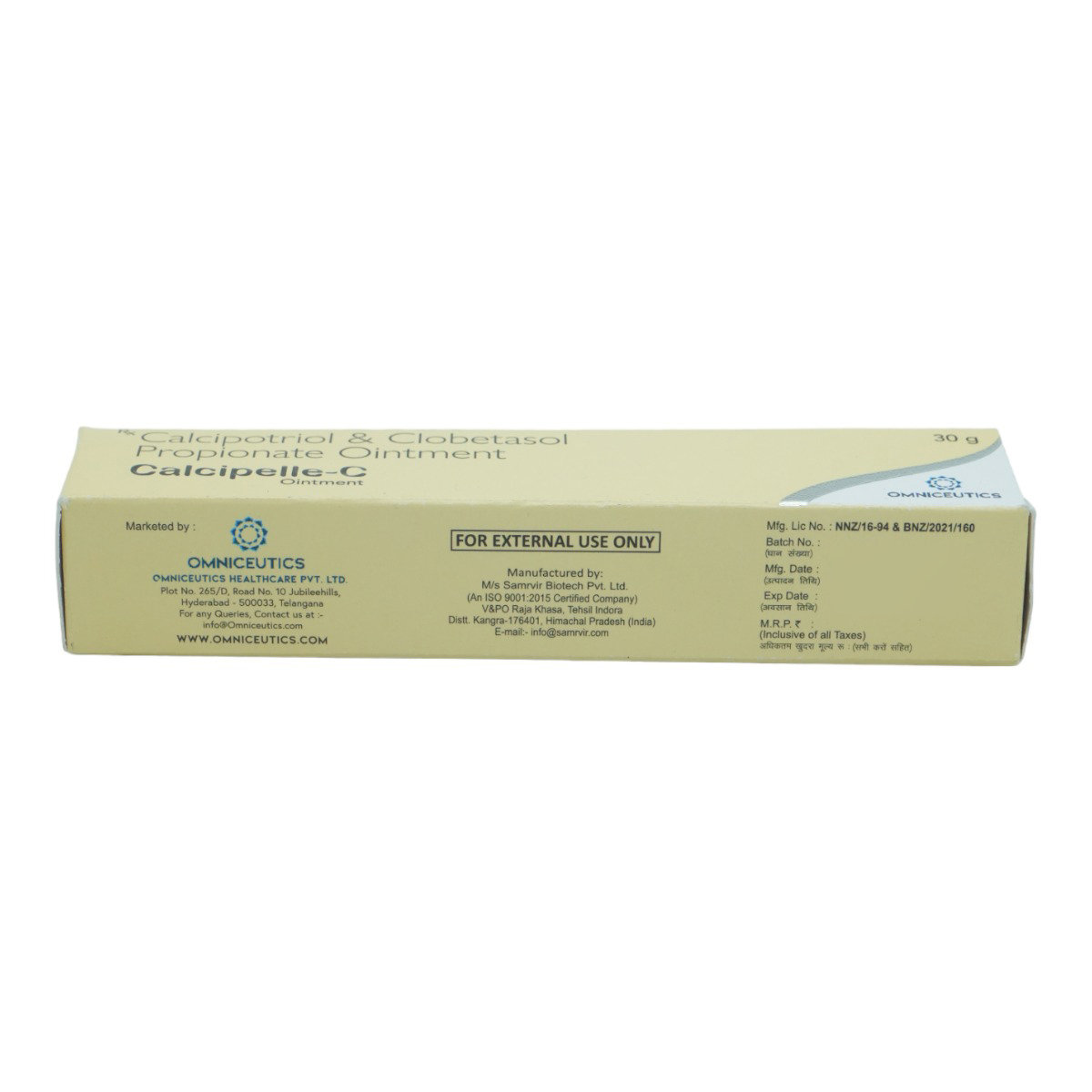

MRP ₹608
(Inclusive of all Taxes)
₹91.2 Cashback (15%)
know your delivery time
Provide Delivery Location
Manufacturer/Marketer :
Consume Type :
Expires on or after :
Return Policy :

Secure Payment

Trusted by 8 Crore Indians

Genuine Products
Therapeutic Class
Country of origin
Author Details
We provide you with authentic, trustworthy and relevant information
Disclaimer
Alcohol
Safe if prescribed
It is not known if alcohol interacts with Calcipelle-C Ointment. Please consult a doctor if you have any concerns.
Pregnancy
Consult your doctor
There is limited data on how Calcipelle-C Ointment affects pregnancy. Please consult your doctor if you are pregnant or planning to become pregnant before starting Calcipelle-C Ointment.
Breast Feeding
Consult your doctor
It is not known if Calcipelle-C Ointment passes into the breast milk. Please consult your doctor before using Calcipelle-C Ointment if you are breastfeeding. If you need to apply Calcipelle-C Ointment on your breasts, don't do this shortly before breastfeeding.
Driving
Safe if prescribed
There have been no studies to investigate the effect of Calcipelle-C Ointment on driving performance or the ability to operate machinery. Drive only if you are alert.
Liver
Consult your doctor
Let your doctor know if you have any history of liver diseases before using Calcipelle-C Ointment. Your doctor will weigh the benefits and potential risks before prescribing Calcipelle-C Ointment.
Kidney
Consult your doctor
Let your doctor know if you have any history of kidney diseases before using Calcipelle-C Ointment. Your doctor will weigh the benefits and potential risks before prescribing Calcipelle-C Ointment.
Children
Safe if prescribed
Calcipelle-C Ointment is not recommended for children less than 12 years of age.
Product Substitutes
Reference
- https://www.drugs.com/clobetasol-topical.html
- https://www.webmd.com/drugs/2/drug-4403-723/clobetasol-topical/clobetasol-topical/details#:~:text=This%20medication%20is%20used%20to,%2Dhigh%2Dpotency)%20corticosteroid
- https://www.drugs.com/cons/calcipotriene-topical.html
- https://www.webmd.com/drugs/2/drug-1506/calcipotriene-topical/details
About Calcipelle-C Ointment
Calcipelle-C Ointment belongs to the class of 'antipsoriatic agents', primarily used to treat psoriasis. Psoriasis is a skin disorder in which skin cells multiply and form bumpy (uneven) red patches covered with white scales. These red patches can commonly appear on the scalp, elbows, knees, and lower back.
Calcipelle-C Ointment consists of two medicines, namely: Clobetasol propionate (corticosteroid) and Calcipotriol (the synthetic form of Vitamin D). Clobetasol propionate blocks the production of prostaglandins (chemical messengers), which make the skin red, swollen and itchy. Calcipotriol inhibits the overproduction of skin cells. Together, Calcipelle-C Ointment treats psoriasis.
Calcipelle-C Ointment is for external use only. Use Calcipelle-C Ointment as advised by the doctor. In some cases, Calcipelle-C Ointment may cause common side effects like itching, redness, stinging sensation, dryness, and rash. These side effects do not require medical attention and gradually resolve over time. If these side effects persist longer, please consult your doctor.
Inform your doctor if you are allergic to any of the components in Calcipelle-C Ointment. Let your doctor know if you have liver/kidney diseases, hypercalcemia (high calcium levels in the blood), or hypervitaminosis D (excess Vitamin D levels in the blood). Pregnant and breastfeeding women should use Calcipelle-C Ointment only with proper consultation and caution. Calcipelle-C Ointment is not recommended for children less than 12 years of age.
Uses of Calcipelle-C Ointment
Medicinal Benefits Mweb
Key Benefits
Calcipelle-C Ointment is a combination of two medicines: namely: Clobetasol propionate and Calcipotriol. Clobetasol propionate is a corticosteroid that blocks the production of prostaglandins (chemical messengers), which make the skin red, swollen and itchy. Calcipotriol is an anti-psoriatic agent which inhibits the excess production of skin cells that leads to the formation of scales and patches of the skin in psoriasis. Calcipelle-C Ointment helps treat plaque psoriasis, a most common type of psoriasis that develops thick red patches on the skin, with a silver or white scaly layer.
Directions for Use
Side Effects of Calcipelle-C Ointment
- Itching
- Redness
- Stinging sensation
- Dryness
- Rash
Drug Warnings
Avoid using Calcipelle-C Ointment if you are allergic to any of the components. Let your doctor know if you have a history of liver/kidney diseases, hypercalcemia (high calcium levels in the blood), or hypervitaminosis D (excess Vitamin D levels in the blood) before starting Calcipelle-C Ointment. Calcipelle-C Ointment is not recommended for diaper rash. If you are pregnant or breastfeeding, you should use Calcipelle-C Ointment only with proper doctor consultation and caution. Calcipelle-C Ointment is not recommended for children below 12 years.
Drug-Drug Interactions
Drug-Drug Interactions
Login/Sign Up
Drug-Food Interactions
Drug-Food Interactions
Login/Sign Up
Drug-Diseases Interactions
Drug-Diseases Interactions
Login/Sign Up
Drug-Drug Interactions Checker List
- PREDNISONE
- CYCLOSPORINE
- VITAMIN D
Habit Forming
Special Advise
- Monitor your blood sugar levels and blood pressure regularly while using Calcipelle-C Ointment.
- If you do not notice any improvement after using Calcipelle-C Ointment for one to two weeks, please consult your doctor.
- Avoid contact with your eyes, nose, or mouth while using Calcipelle-C Ointment. If contact occurs, rinse it off with water thoroughly.
- Do not put a bandage or a dressing on the affected area while using Calcipelle-C Ointment unless advised by the doctor.
Diet & Lifestyle Advise
- Use mild soap while taking baths and prefer warm baths.
- Always wear loose-fitting clothes to avoid further sweat and the spread of infections.
- Regularly change your socks and wash your feet. Avoid shoes that make your feet sweaty and hot.
- Do not walk barefoot at places like gym showers to prevent infections.
- Avoid sharing towels, combs, bed sheets, shoes or socks with others.
- Wash your bed sheets and towels regularly.
- Avoid or limit the intake of alcohol and caffeine.
- Do not scratch or pick your skin to avoid getting the affected area infected.
- Manage stress, eat healthily, drink plenty of water, exercise regularly and sleep peacefully.
All Substitutes & Brand Comparisons
RX
Psoranext-C Ointment 15 gm
Ethinext Pharma
₹318.5
(₹19.11/ 1gm)
4% COSTLIERRX
Calcipelle-C Ointment 15 gm
Omniceutics Healthcare Pvt Ltd
₹327
(₹19.62/ 1gm)
7% COSTLIERRX
Sorifix Ointment 30 gm
La Pristine Bioceuticals Pvt Ltd
₹723.5
(₹21.71/ 1gm)
19% COSTLIER

Have a query?
Frequently Bought Together
Customers Also Bought


_0.jpg?tr=q-85)

